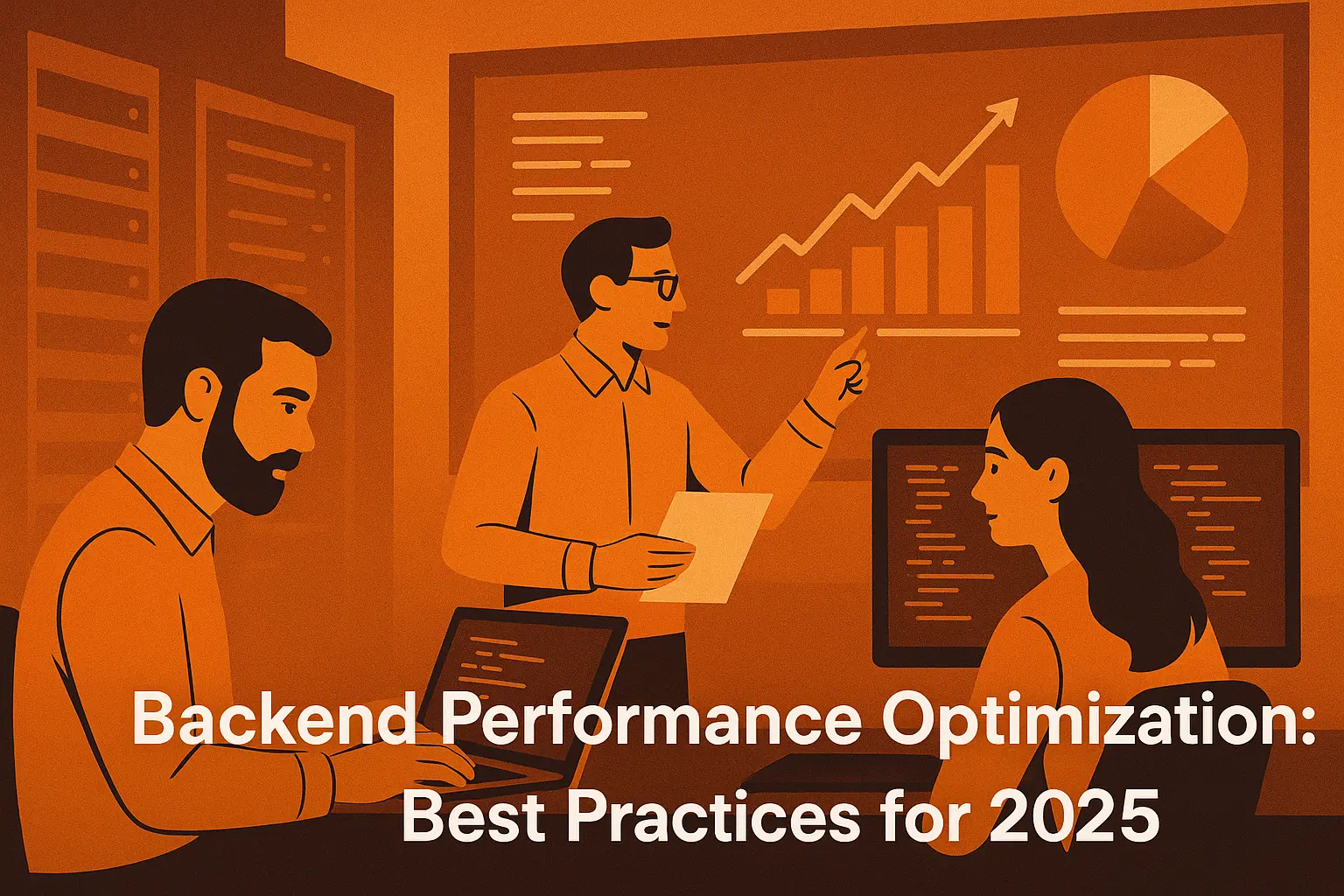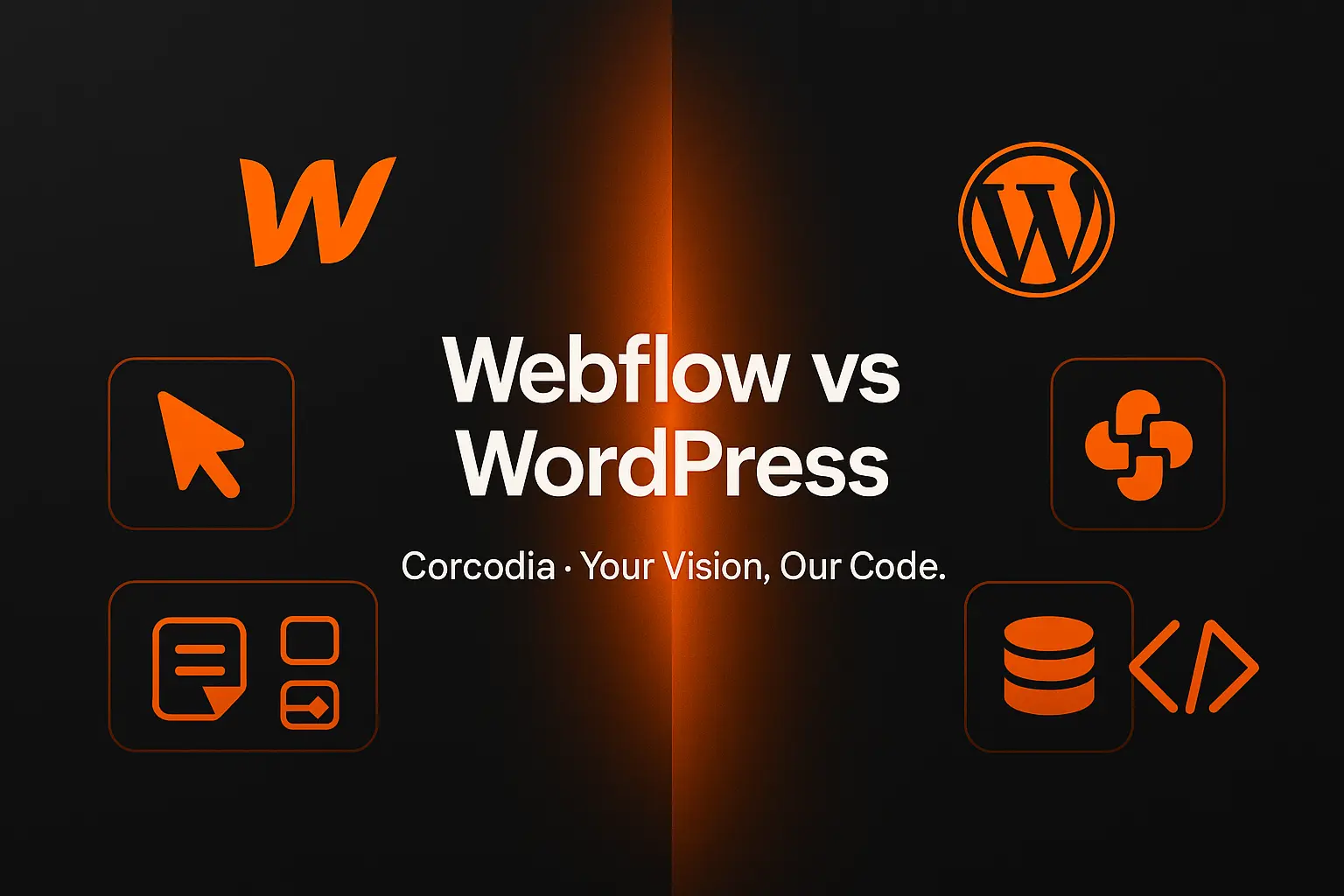
Performance optimization always begins with observability. Use profilers and tracing tools like Application Insights (for .NET), Node.js Inspector or OpenTelemetry to identify real bottlenecks before touching code.
Set clear Service Level Objectives (SLOs) for latency (e.g., 200 ms p95), throughput and error rates. Track performance across environments — local, staging and production — since differences in data or load often hide critical issues.
Whether using MySQL or MongoDB, the database is often the first performance culprit.
- Use indexes wisely — composite indexes for frequently filtered fields.
- Avoid N+1 queries — batch or join requests instead of looping database calls.
- Connection pooling — adjust pool sizes in .NET’s
DbContextor Node’s ORM (e.g., Prisma or Sequelize). - Caching layer — Redis or in-memory cache for read-heavy queries reduces DB load drastically.
- Query optimization — profile slow queries with
EXPLAINor MongoDB’s query planner and restructure them based on actual execution paths.
Smart caching and asynchronous design are the foundation of backend scalability.
- Use multi-level caching: in-memory (e.g.,
MemoryCachein .NET or Node’slru-cache) + distributed (Redis). - Implement cache invalidation rules with TTLs or events to prevent stale data.
- Offload heavy or time-consuming operations to background jobs (e.g., Hangfire for .NET, BullMQ for Node.js).
- Embrace async I/O — modern frameworks handle more concurrent requests efficiently without extra threads or processes.
To stay performant under load, the architecture must evolve.
- Horizontal scaling via containers or Kubernetes allows multiple instances to handle traffic peaks.
- CQRS and read replicas separate write-heavy and read-heavy traffic.
- API Gateway and caching at the edge improve response times for global users.
- Event-driven patterns (Kafka, RabbitMQ) decouple services and reduce latency spikes.
- Use efficient data formats (e.g., JSON only when necessary; prefer binary or protobuf for internal APIs).
Optimization is never done.
- Use APM tools (Elastic APM, New Relic, Datadog) for real-time insights into slow transactions.
- Monitor CPU, memory, and I/O metrics over time.
- Automate load tests with tools like k6 or Locust before every release.
- Implement alerting rules that catch performance regressions early.
In 2025, teams that treat performance as a continuous process — not a one-time task — deliver faster, more reliable systems that scale naturally with growth.


